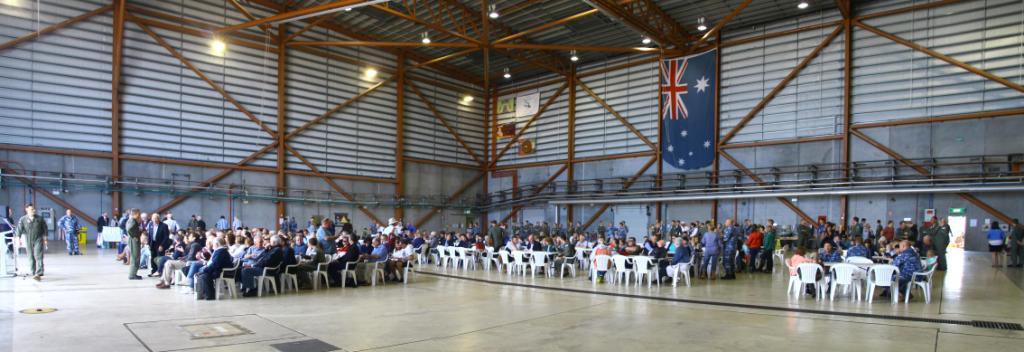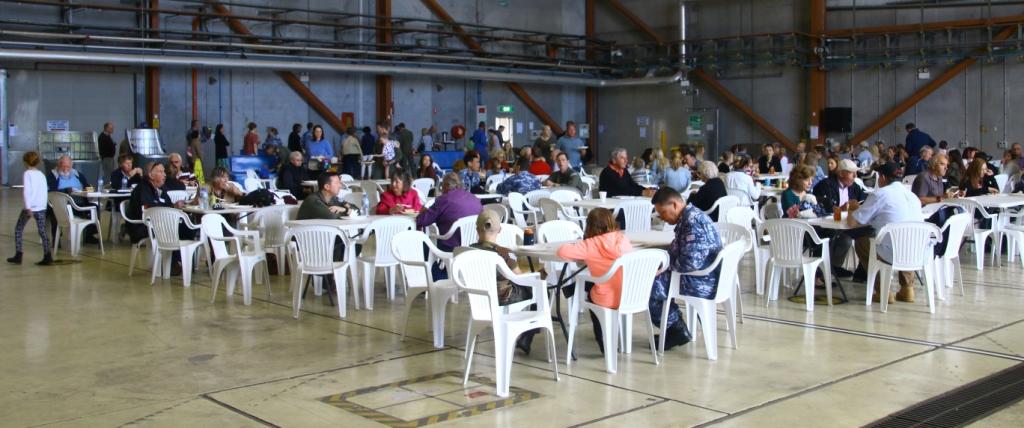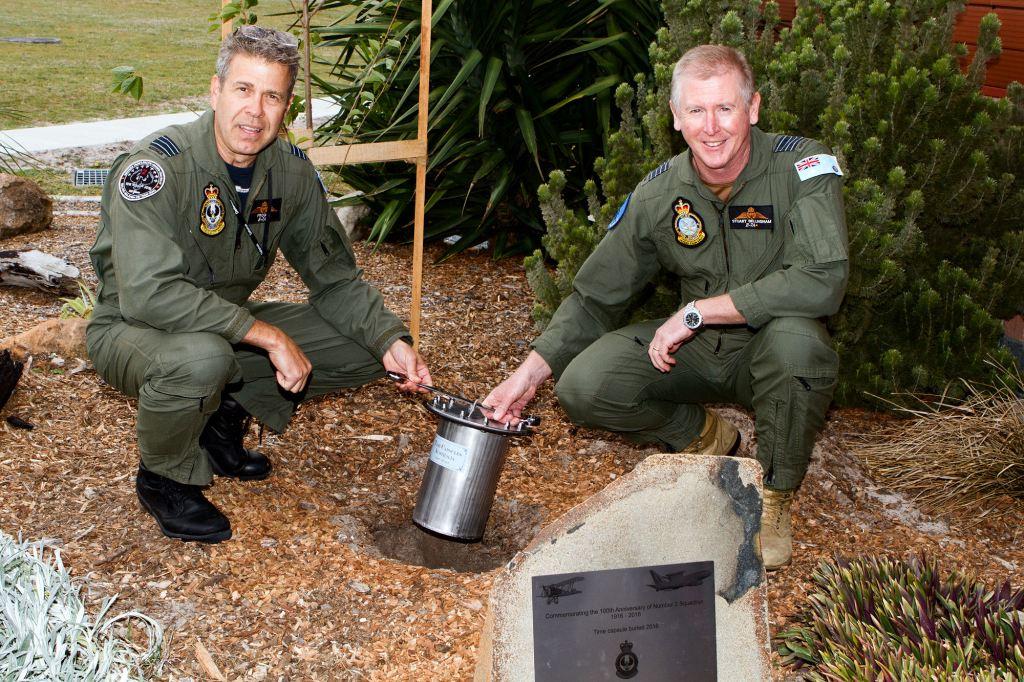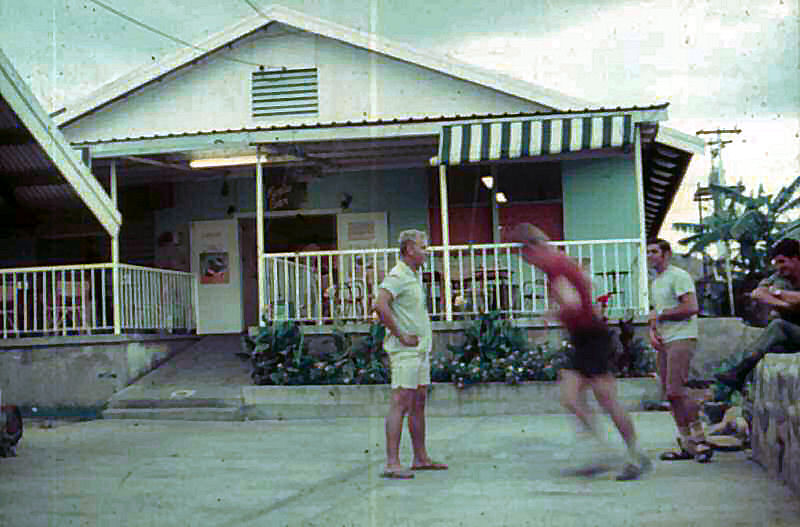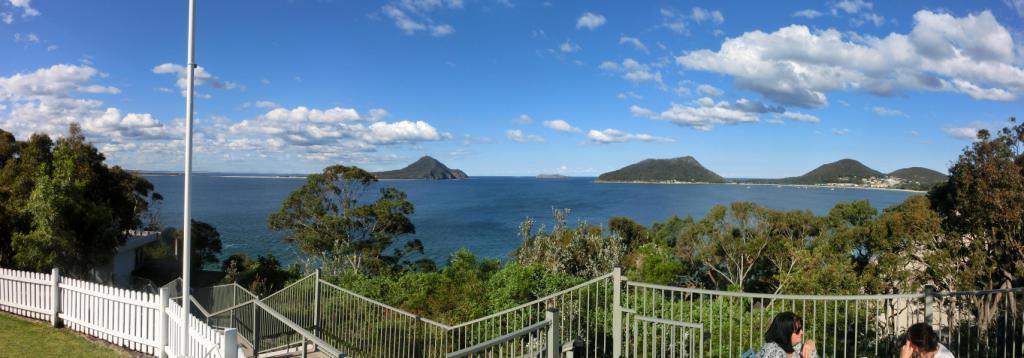|
|
|||||||||||||||||||||||||||||||||||||||||||||||||||||||||||||||||||||||||||||||||||||||||||||||||||||||||||||||||||||||||||||||||||||||
|
|||||||||||||||||||||||||||||||||||||||||||||||||||||||||||||||||||||||||||||||||||||||||||||||||||||||||||||||||||||||||||||||||||||||
|
Privacy Policy | Editorial Policy | Profit Policy | Join the Association | List of Members | Contact us | Index | Links |
|||||||||||||||||||||||||||||||||||||||||||||||||||||||||||||||||||||||||||||||||||||||||||||||||||||||||||||||||||||||||||||||||||||||
|
Back Go to page: 1 2 3 4 5 6 7 8 9 10 11 12 13 14 15 16 17 18 19 20 Forward
|
|||||||||||||||||||||||||||||||||||||||||||||||||||||||||||||||||||||||||||||||||||||||||||||||||||||||||||||||||||||||||||||||||||||||
|
2 Squadron 100th Anniversary Celebration. 15 – 18 September 2016 Williamtown.
No 2 Squadron was formed at Kantara, Egypt, in September 1916, mid-way through the Second World War. No 1 Squadron had been formed at Point Cook some months earlier, in January 1916, and in March of that year sailed for Egypt to join the War where it was called number 67 (Australian) Squadron Royal Flying Corps (RFC). The RFC was the air arm of the British Army before and during the early years of the First World War, until it merged with the Royal Naval Air Service on 1 April 1918 to form the Royal Air Force (RAF). In Egypt, several pilots and mechanics from 67 Squadron RFC were hived off and these men were the initial members who made up a new Squadron which was initially called number 68 (Australian) Squadron RFC. Both 67 Squadron AFC and 68 Squadron AFC had their names changed to 1 and 2 Squadrons in January 1918 at the same time as the RAF was formed.
In January 1917, still as 68 Squadron RFV, the Squadron was sent to
England for training. There it trained on 3 separate aircraft, the
Avro 504,
Bristol Scouts and
Sopwith Scouts and in October of that year it moved to the
The DH-5 was too slow and it was powered by the unreliable Le Rhone engine so it was engaged primarily in ground attack missions. In December 1917, the DH-5 was scrapped and the Squadron was re-equipped with the far superior SE-5A aircraft. This aircraft had two machine guns, a more powerful engine, a higher speed and greater endurance and remained with the Squadron until the end of the war.
On the 11th November, 1918, the war ended and in February 1919 the Squadron handed its aircraft and equipment over to the RAF and the Squadron’s personnel were shipped to England for repatriation back to Australia. They arrived back in Sydney in June 1919.
On the 31st March, 1921, the Government of the day established the RAAF and 2 Squadron was located at Laverton and equipped with four SE-5As, only to be disbanded several months later due to lack of funding. In May 1937, with events hotting up in Europe again, 2 Squadron was reformed and this time equipped with Hawker Demon aircraft. Later it was to acquire Bristol Bulldogs and Avro Ansons.
At the outbreak of WW2, the Squadron patrolled Australian waters with
its Avro Anson aircraft, a task it was to carry
At the end of the war, the Squadron ferried its aircraft back to Australia for dispersal and in May 1946, 2 Squadron was once again disbanded.
In 1948, it was reformed once again, this time equipped with Lincoln aircraft and based at Amberley and in December 1953 it entered the Jet age when it was equipped with the Canberra. In 1958 the Squadron was once again on the move, this time to the newly upgraded base at Butterworth where it was a part of the Commonwealth Strategic Reserve.
Then came Vietnam.
In April 1967 the Squadron left Butterworth and moved to Phan Rang, about 35 klms south of the huge Cam Ranh Bay USAF Base and became part of the 35th US Tactical Fighter Wing. Here the Squadron really excelled itself – although it was equipped with only 8 aircraft and flew 4 to 6 percent of the sorties flown by the Wing, it was credited with 16 percent of all bomb damage. Sadly Flying Officer Michael Herbert and Pilot Officer Robert Carver from aircraft A48-231 were lost on the 3rd November 1970.
In 1971, the Squadron returned to Australia, once again to Amberley and was tasked with aerial survey and target towing roles until in 1982, when the dear old Canberra could no longer be economically operated and most were relegated to standing guard out the front of various bases. 2 Squadron was put to bed once again. Then, in January 2000 it was reformed (again) this time at Williamtown, but with a complete roll change, this time it was to be the Air Force's Airborne Early Warning and Control (AEW&C) Squadron under the command of the Surveillance and Response Group. In May 2010 with its aircraft now on line, the Squadron returned to the skies in the Boeing Wedgetail.
The Wedgetail is based on the Boeing 737 – 700 and uses the Northrop Grumman Electronics System Scanned Array radar which is mounted on top of the aircraft in the surf-board.
|
|||||||||||||||||||||||||||||||||||||||||||||||||||||||||||||||||||||||||||||||||||||||||||||||||||||||||||||||||||||||||||||||||||||||
|
|
|||||||||||||||||||||||||||||||||||||||||||||||||||||||||||||||||||||||||||||||||||||||||||||||||||||||||||||||||||||||||||||||||||||||
|
|
|||||||||||||||||||||||||||||||||||||||||||||||||||||||||||||||||||||||||||||||||||||||||||||||||||||||||||||||||||||||||||||||||||||||
|
The first two aircraft were built and tested by Boeing in the US with the next four built at Amberley by Alf Smith with a bit of help from Boeing.
Today the Squadron continues to provide the excellent service it has provided for the past 100 years, with its modern AWAC aircraft it is the controller of choice in the Middle East. It has achieved a record 100% mission success rate in Coalition operations, a record attributed to the professionalism of the Squadron’s Air and Ground crews.
As 2016 marked the 100th anniversary of the formation of the Squadron, the RAAF couldn’t and definitely wouldn’t allow a milestone like that go by without a social get together and a barby, so the weekend 15 – 18 September was set aside and everyone who had been or was still associated with the Squadron was invited.
On Thursday the 15th September, the 2 Squadron Association organised a “Meet and Greet” in Newcastle City to welcome guests who had travelled from far and wide for the event and to allow ex-members to meet some of the current serving members.
The Meet and Greet was held at the Queens Wharf Hotel which is on the Hunter River in the heart of Newcastle.
|
|||||||||||||||||||||||||||||||||||||||||||||||||||||||||||||||||||||||||||||||||||||||||||||||||||||||||||||||||||||||||||||||||||||||
|
|
|||||||||||||||||||||||||||||||||||||||||||||||||||||||||||||||||||||||||||||||||||||||||||||||||||||||||||||||||||||||||||||||||||||||
|
|
|||||||||||||||||||||||||||||||||||||||||||||||||||||||||||||||||||||||||||||||||||||||||||||||||||||||||||||||||||||||||||||||||||||||
|
Some of those that attended the Meet and Greet are: (All names left to right)
(You can click these pics to get a bigger and clearer copy which you can either download or print out)
|
|||||||||||||||||||||||||||||||||||||||||||||||||||||||||||||||||||||||||||||||||||||||||||||||||||||||||||||||||||||||||||||||||||||||
|
|||||||||||||||||||||||||||||||||||||||||||||||||||||||||||||||||||||||||||||||||||||||||||||||||||||||||||||||||||||||||||||||||||||||
|
On Friday, the 2 Sqn CO,
Wing Commander Christian Martin, invited everyone to the 2 Squadron
hangar for a Family Day which was to include, of course, a barbecue. It
was also an opportunity to launch a book titled “Dreadful Lady over
Bob Howe arrived in Vietnam in May 1969 and stayed until May 1970. During that time he completed 260 operational missions as a youthful Canberra navigator/bomb-aimer, but much of his time there was spent as a specialist in bombing techniques. His time there provided him with the first-hand experience and detailed information to write this book.
Dreadful Lady over the Mekong Delta not only fills a gap in the recording of the RAAF’s operations in Vietnam, but also describes how crews overcame the difficulties of operating in an intense Asian war in an aircraft that was designed for a completely different environment.
Bob had pre-signed a number of the books and made them available for people who attended the Family Day. You can order a copy of the book from HERE.
Guests arrived at the Willytown guard gate about 10.30am on the Friday morning and after being checked in, were directed to a car park inside the base where a number of small buses were ready to transport people around to the 2 Squadron hangar. Very RAAF – very efficient.
The troops had cleaned out the hangar, all GSE and tool boards had been removed and a number of tables and chairs were set up.
|
|||||||||||||||||||||||||||||||||||||||||||||||||||||||||||||||||||||||||||||||||||||||||||||||||||||||||||||||||||||||||||||||||||||||
|
|
|||||||||||||||||||||||||||||||||||||||||||||||||||||||||||||||||||||||||||||||||||||||||||||||||||||||||||||||||||||||||||||||||||||||
|
|
|||||||||||||||||||||||||||||||||||||||||||||||||||||||||||||||||||||||||||||||||||||||||||||||||||||||||||||||||||||||||||||||||||||||
|
One of the Squadron’s E-7A Wedgetail aircraft had been parked in front of the hangar and after the official part of the day was completed the aircraft was made available for inspection, no cameras of course. Everyone lined up, entered by the front door, strolled through the aircraft (there were a number of 2 Squadron people on board to answer our silly questions) then exited via the rear door.
The interior of the aircraft is divided into 3 sections, the first section, just inside the front door is where the 10 mission-crew sit and work, the next section contains the crew rest area and the galley and the final section contains all the electronic bits and pieces – and there’s lots …. Click the pic below for a tour of the aircraft. |
|||||||||||||||||||||||||||||||||||||||||||||||||||||||||||||||||||||||||||||||||||||||||||||||||||||||||||||||||||||||||||||||||||||||
|
|
|||||||||||||||||||||||||||||||||||||||||||||||||||||||||||||||||||||||||||||||||||||||||||||||||||||||||||||||||||||||||||||||||||||||
|
|
|||||||||||||||||||||||||||||||||||||||||||||||||||||||||||||||||||||||||||||||||||||||||||||||||||||||||||||||||||||||||||||||||||||||
|
|
|||||||||||||||||||||||||||||||||||||||||||||||||||||||||||||||||||||||||||||||||||||||||||||||||||||||||||||||||||||||||||||||||||||||
|
One such bloke who had a good look over the aircraft was John Richards. John was with 2 Squadron Phan Rang on the Canberras from Sept 1969 to Sept 1970.
|
|||||||||||||||||||||||||||||||||||||||||||||||||||||||||||||||||||||||||||||||||||||||||||||||||||||||||||||||||||||||||||||||||||||||
|
|
|||||||||||||||||||||||||||||||||||||||||||||||||||||||||||||||||||||||||||||||||||||||||||||||||||||||||||||||||||||||||||||||||||||||
|
|
|||||||||||||||||||||||||||||||||||||||||||||||||||||||||||||||||||||||||||||||||||||||||||||||||||||||||||||||||||||||||||||||||||||||
|
After most had done the tour of the aircraft, everyone was invited to a
small garden area in front of the 2 Squadron HQ building where a tree
and time capsule were
Relevant bits and pieces were contained in a stainless steel cylinder and a “headstone” was unveiled to mark the occasion.
We don’t know the relevance of the large open-end/ring spanner or whether that was buried too, but it looked as if it was going down with the rest for many years.
|
|||||||||||||||||||||||||||||||||||||||||||||||||||||||||||||||||||||||||||||||||||||||||||||||||||||||||||||||||||||||||||||||||||||||
|
|
|||||||||||||||||||||||||||||||||||||||||||||||||||||||||||||||||||||||||||||||||||||||||||||||||||||||||||||||||||||||||||||||||||||||
|
L-R: WGCDR Christian Martin, (CO of 2 Sqn), GPCAPT Stuart Bellingham (OC 42 Wing) burying the capsule - along with the spanner. Pic supplied by Sgt Andrew Green. RAAF |
|||||||||||||||||||||||||||||||||||||||||||||||||||||||||||||||||||||||||||||||||||||||||||||||||||||||||||||||||||||||||||||||||||||||
|
|
|||||||||||||||||||||||||||||||||||||||||||||||||||||||||||||||||||||||||||||||||||||||||||||||||||||||||||||||||||||||||||||||||||||||
|
It was then time to bring on lunch and 2 Squadron didn’t disappoint. The meal was excellent, all prepared and served up by “volunteers” from the Squadron. Thanks gents, really enjoyed it!!
|
|||||||||||||||||||||||||||||||||||||||||||||||||||||||||||||||||||||||||||||||||||||||||||||||||||||||||||||||||||||||||||||||||||||||
|
|
|||||||||||||||||||||||||||||||||||||||||||||||||||||||||||||||||||||||||||||||||||||||||||||||||||||||||||||||||||||||||||||||||||||||
|
|
|||||||||||||||||||||||||||||||||||||||||||||||||||||||||||||||||||||||||||||||||||||||||||||||||||||||||||||||||||||||||||||||||||||||
|
|
|||||||||||||||||||||||||||||||||||||||||||||||||||||||||||||||||||||||||||||||||||||||||||||||||||||||||||||||||||||||||||||||||||||||
|
We did notice one piece of Phan Rang that had been “rescued” and has now become a fixture with the Squadron – the old Koala Bar sign from the Phan Rang Airman’s Boozer now adorns the wall at the crew room. We do believe this is a “cleaned up” version of the original sign.
The original Koala Bar below.
|
|||||||||||||||||||||||||||||||||||||||||||||||||||||||||||||||||||||||||||||||||||||||||||||||||||||||||||||||||||||||||||||||||||||||
|
|
|||||||||||||||||||||||||||||||||||||||||||||||||||||||||||||||||||||||||||||||||||||||||||||||||||||||||||||||||||||||||||||||||||||||
|
|
|||||||||||||||||||||||||||||||||||||||||||||||||||||||||||||||||||||||||||||||||||||||||||||||||||||||||||||||||||||||||||||||||||||||
|
|
|||||||||||||||||||||||||||||||||||||||||||||||||||||||||||||||||||||||||||||||||||||||||||||||||||||||||||||||||||||||||||||||||||||||
|
“Are you sure you can take the pain?” she demanded, brandishing stilettos. “I think so,” I gulped. “Here we go, then,” she said, and showed me the receipt.
|
|||||||||||||||||||||||||||||||||||||||||||||||||||||||||||||||||||||||||||||||||||||||||||||||||||||||||||||||||||||||||||||||||||||||
|
This pic below was taken of maintenance staff in 1970 in front of the 2 Squadron hangar in Phan Rang. Things (tarmac clothing etc) aren’t quite as casual now as they were back then.
|
|||||||||||||||||||||||||||||||||||||||||||||||||||||||||||||||||||||||||||||||||||||||||||||||||||||||||||||||||||||||||||||||||||||||
|
|
|||||||||||||||||||||||||||||||||||||||||||||||||||||||||||||||||||||||||||||||||||||||||||||||||||||||||||||||||||||||||||||||||||||||
|
|
|||||||||||||||||||||||||||||||||||||||||||||||||||||||||||||||||||||||||||||||||||||||||||||||||||||||||||||||||||||||||||||||||||||||
|
L-R: LAC Jimmie Muscat; LAC Jeffery Smith; LAC James Farrell; unidentified Vietnamese workshop assistant; LAC Rodney Pearce: Flight Sergeant Brian Kinsela; Cpl Gordon Walker; Cpl Alan Hayes; and Cpl Alan Murray. The Jeep was painted white and had the words '2 Squadron Aquatic Club' as well as a kangaroo.
|
|||||||||||||||||||||||||||||||||||||||||||||||||||||||||||||||||||||||||||||||||||||||||||||||||||||||||||||||||||||||||||||||||||||||
|
The afternoon started to wind up about 2.00pm and the little buses were busy once again running people back to their cars. We’ve been to Newcastle and the Newcastle area on many occasions but mainly passing through, on the way from Brisbane heading south or heading back north again – we’ve never had a good look around. As we had finished at Willytown early in the afternoon, we used the opportunity to have a look at Nelson Bay, a place we’d heard a lot about but never seen. It’s not far from the base and we were quite surprised how lovely it was.
There’s quite a bit of history associated with the Bay too, we were told during WW2 it was used as a staging base by the US armed forces for their planned invasion of Japan.
If you get the opportunity, go and have a look.
|
|||||||||||||||||||||||||||||||||||||||||||||||||||||||||||||||||||||||||||||||||||||||||||||||||||||||||||||||||||||||||||||||||||||||
|
|
|||||||||||||||||||||||||||||||||||||||||||||||||||||||||||||||||||||||||||||||||||||||||||||||||||||||||||||||||||||||||||||||||||||||
|
|
|||||||||||||||||||||||||||||||||||||||||||||||||||||||||||||||||||||||||||||||||||||||||||||||||||||||||||||||||||||||||||||||||||||||
|
|
|||||||||||||||||||||||||||||||||||||||||||||||||||||||||||||||||||||||||||||||||||||||||||||||||||||||||||||||||||||||||||||||||||||||
|
|
|||||||||||||||||||||||||||||||||||||||||||||||||||||||||||||||||||||||||||||||||||||||||||||||||||||||||||||||||||||||||||||||||||||||
|
Back Go to page: 1 2 3 4 5 6 7 8 9 10 11 12 13 14 15 16 17 18 19 20 Forward |
|||||||||||||||||||||||||||||||||||||||||||||||||||||||||||||||||||||||||||||||||||||||||||||||||||||||||||||||||||||||||||||||||||||||
|
|
|||||||||||||||||||||||||||||||||||||||||||||||||||||||||||||||||||||||||||||||||||||||||||||||||||||||||||||||||||||||||||||||||||||||

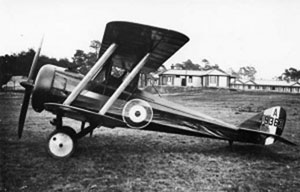 Western Front with 15 DH-5 Fighting Scouts (right) as the Squadron’s
fighting aircraft and became part of the 13th (Army) RFC
operating in support of the British 3rd Army. To bring the
newly formed Squadron up to strength, recruits were sourced from AIF
volunteers.
Western Front with 15 DH-5 Fighting Scouts (right) as the Squadron’s
fighting aircraft and became part of the 13th (Army) RFC
operating in support of the British 3rd Army. To bring the
newly formed Squadron up to strength, recruits were sourced from AIF
volunteers.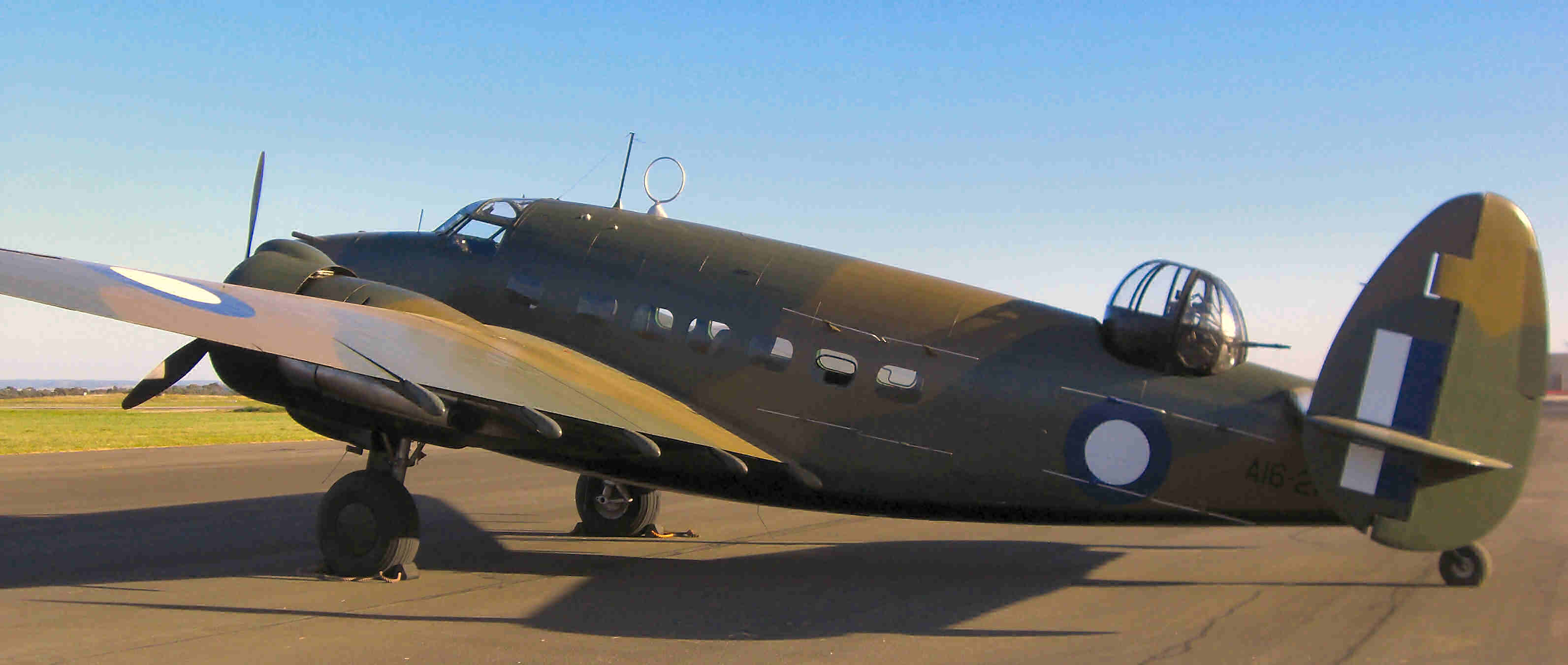 out for 3 years. In 1941 it was re-equipped with Lockheed Hudsons
(right) and was relocated to Darwin where a detachment was formed and
deployed to Timor. In 1943 the Hudsons were traded in for the
out for 3 years. In 1941 it was re-equipped with Lockheed Hudsons
(right) and was relocated to Darwin where a detachment was formed and
deployed to Timor. In 1943 the Hudsons were traded in for the
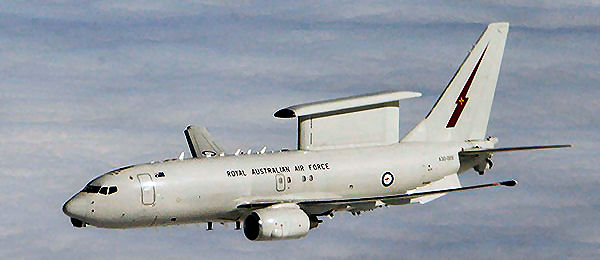

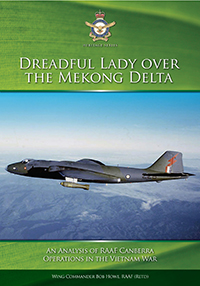 the
Mekong Delta”. The book, written by Wing Commander Bob Howe (Retired)
was recently published and is an analysis of the RAAF Canberra
Operations in the Vietnam War. It looks at the men of 2 Squadron and the
operations they flew in the Vietnam War in their Canberras. From April
1967, the Squadron spent four years attacking enemy targets, many of
them in the Mekong Delta region and contending with the politics,
weather and ‘fog’ of war. The riverine operations supported by 2
Squadron were but a small part of an Allied effort to disrupt the
enemy’s movement of troops and supplies to locations in South Vietnam.
It was, according to one commentator, ‘a kind of guerrilla warfare
conducted in a navy environment’.
the
Mekong Delta”. The book, written by Wing Commander Bob Howe (Retired)
was recently published and is an analysis of the RAAF Canberra
Operations in the Vietnam War. It looks at the men of 2 Squadron and the
operations they flew in the Vietnam War in their Canberras. From April
1967, the Squadron spent four years attacking enemy targets, many of
them in the Mekong Delta region and contending with the politics,
weather and ‘fog’ of war. The riverine operations supported by 2
Squadron were but a small part of an Allied effort to disrupt the
enemy’s movement of troops and supplies to locations in South Vietnam.
It was, according to one commentator, ‘a kind of guerrilla warfare
conducted in a navy environment’. 